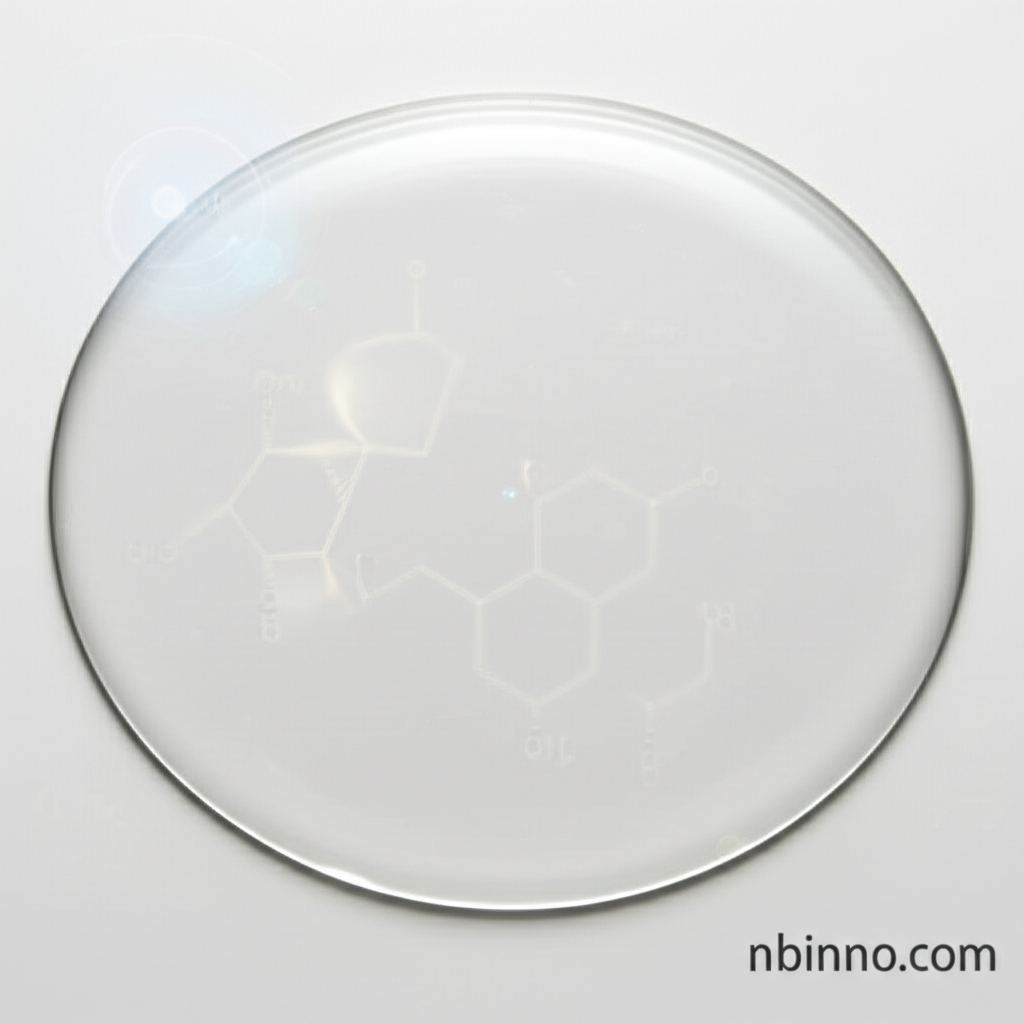4-Ethenylphenol Acetate: A Versatile Chemical Intermediate
Discover the multifaceted applications and synthesis of 4-Ethenylphenol Acetate, a key component in pharmaceuticals, materials, and fragrances.
Get a Quote & SampleProduct Core Value

4-Ethenylphenol Acetate
4-Ethenylphenol Acetate (CAS 2628-16-2) stands out as a crucial intermediate in various chemical synthesis pathways. Its unique molecular structure, featuring both a vinyl group and an acetate ester, allows for a wide array of chemical transformations. This makes it indispensable for creating specialized compounds across diverse industrial sectors.
- Explore the diverse 4-ethenylphenol acetate applications, ranging from pharmaceutical synthesis to advanced material creation.
- Understand the detailed chemical properties of CAS 2628-16-2, providing insights into its reactivity and utility.
- Leverage this compound as a vital pharmaceutical intermediate for developing new drug candidates.
- Investigate its role as a key building block in fine chemical synthesis for specialty products.
Key Advantages
Versatile Reactivity
The dual functionality of 4-Ethenylphenol Acetate, combining a polymerizable vinyl group with an ester linkage, offers exceptional versatility for organic synthesis and material design.
Industry Relevance
Its use as a styrene monomer application in materials science, coupled with its role in fragrances, highlights its broad industrial significance.
Synthesis Potential
The compound is a critical component in the 4-ethenylphenol acetate synthesis of advanced polymers and specialized chemicals, driving innovation.
Key Applications
Pharmaceutical Synthesis
As a critical pharmaceutical intermediate, it's instrumental in developing complex drug molecules and APIs, contributing to advancements in healthcare.
Materials Science
Its polymerizable nature makes it a valuable monomer for creating polymers with tailored properties for applications in coatings, adhesives, and electronics, such as in photoresist polymers.
Fragrance Industry
With its pleasant aroma, it serves as a key ingredient in perfumes and flavorings, contributing to the development of desirable sensory experiences in consumer products.
Specialty Chemicals
It acts as a foundational building block in fine chemical synthesis, enabling the creation of niche chemicals with unique functionalities.
